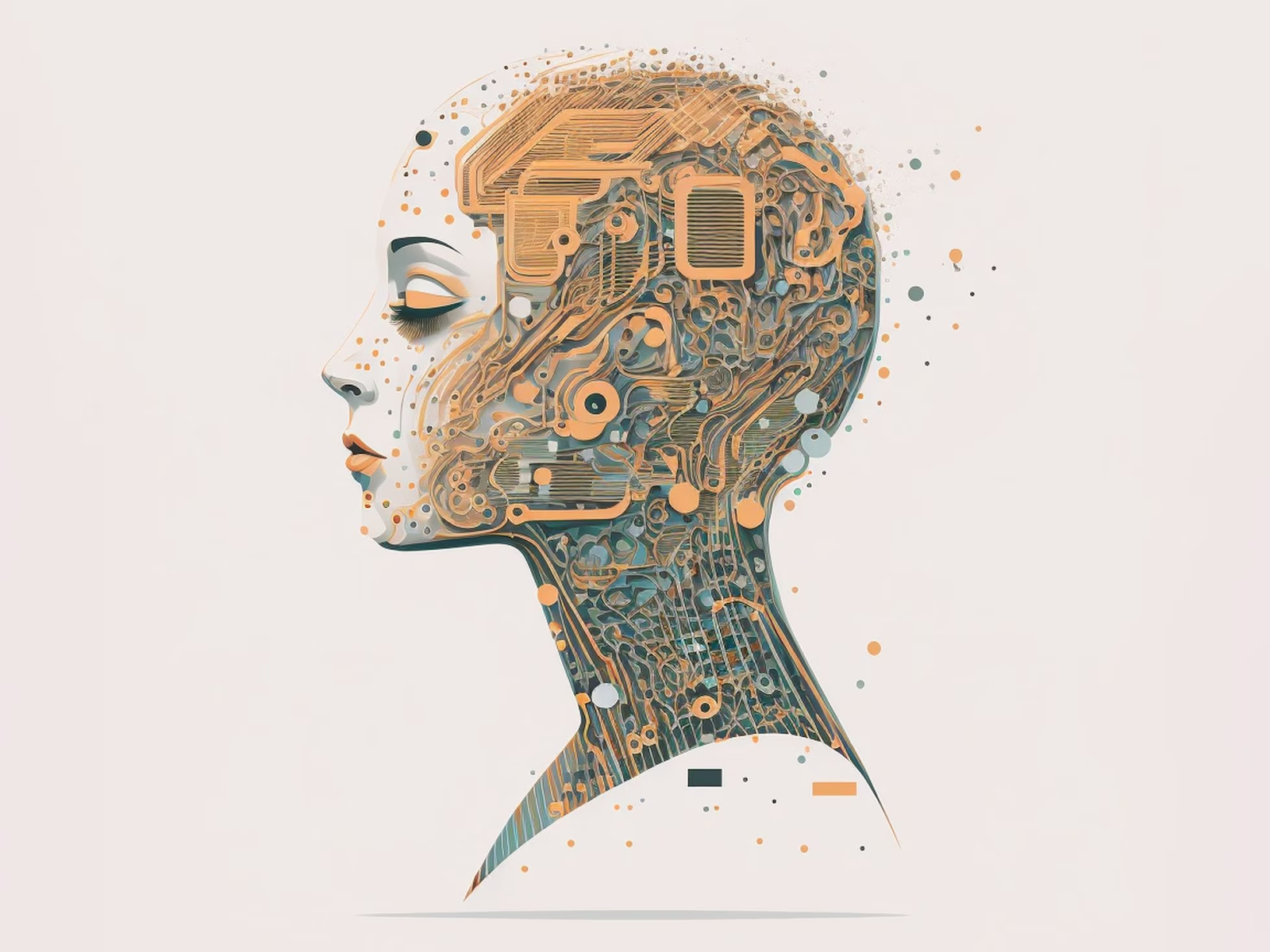
Artificial intelligence is no longer the stuff of sci-fi plots or research papers. It's in the apps people use without thinking, a music service that guesses the next track, a shopping platform nudging you with a "just for you" deal, or even a camera filter that smooths a selfie. For developers, the question isn't whether AI will matter. It's how to cross the line from building ordinary software to creating applications that actually learn, predict, and respond.
And the leap isn't as terrifying as it sounds. With an experienced ai development company at your side, or even just the right set of open tools, you can start small, experiment, and gradually bring intelligence into your projects. What follows isn't a lecture. Think of it more as a field guide for developers who want to dip their toes into AI without drowning in theory.
Begin with the problem, not the math
There's a common trap when people start with AI: they obsess over algorithms before they even know what they want to build. Flip it. Start with the pain point.
Maybe a retail app that needs smarter product suggestions. Or a support system where routine queries could be handled without a human typing the same answers all day. The moment you pin down a real use case, the rest of the choices, data, tools, models, fall into place with far less frustration.
Brush up on the basics
You don't need a decade in academia to understand what powers most AI apps. Three pillars cover the bulk of it: supervised learning (teaching with labeled data), unsupervised learning (spotting patterns when you don't have labels), and reinforcement learning (trial and error until the machine gets better).
Simple projects are your friend. Train a model to sort images of cats and dogs. Or run a dataset that predicts housing prices. None of this is production-ready, but the hands-on play builds intuition. And intuition, more than formulas, is what keeps you moving later.
Respect the data
Here's the uncomfortable truth: writing the code is often easier than wrangling the data.
Messy spreadsheets, inconsistent formats, gaps in values, they all sabotage training faster than bad syntax ever could. Start small, practice cleaning and structuring datasets, and notice how even tiny changes improve model results. The habit you want is simple: treat data quality as part of the product, not a background chore.
Borrow brains before you build your own
Why reinvent a wheel that already spins? Pre-trained models are a gift. Hugging Face, TensorFlow Hub, PyTorch Hub, each offers models for text, images, even speech.
Want sentiment analysis in your app? Download, plug in, tweak. Want to recognize objects in photos? Same story. Using pre-trained models is like cooking with a prepared base: you still add your flavor, but someone else did the slow work.
Think small, deliver fast
It's tempting to dream about building the next full-scale AI doctor or autonomous car assistant. But every successful AI project usually starts with something modest.
Roll out a chatbot that only handles a handful of common support requests. Or a recommendation engine that suggests three items instead of ten. Once that piece works, you can iterate, expand, and add complexity. The smaller wins keep momentum alive and teach lessons you'd never find in tutorials.
Know what powers the engine
Ordinary apps run fine on standard servers. AI apps often need heavier machinery: GPUs, specialized cloud resources, or edge devices.
Thankfully, cloud platforms like AWS, Google Cloud, and Azure make this accessible without demanding you buy racks of hardware. Experiment with their managed services. You'll learn quickly how performance, costs, and scaling shift once AI is in the mix.
Build with ethics in mind
The other piece many developers forget: responsibility. Biased data leads to skewed results. Over-harvesting user information can cross into privacy violations.
Luckily, toolkits exist to help spot bias and enforce anonymization. More importantly, staying conscious of these issues early means you won't need a messy redesign later. Users are quick to abandon products that cross ethical lines, and they rarely give second chances.
APIs are a great playground
Want to see quick results without building a model at all? Play with AI APIs.
-
Text analysis tools can read sentiment or extract keywords.
-
Vision services can tag images, recognize faces, or scan documents.
-
Speech-to-text makes apps more accessible.
These integrations aren't just for prototypes. Many production apps quietly rely on them. Using APIs early teaches you what AI feels like in real workflows, including the not-so-fun stuff: latency, limits, and costs.
Don't go it alone
Few developers can juggle every piece, data engineering, infrastructure, algorithms, UI, by themselves. Collaboration speeds everything up. Sometimes it means working alongside domain experts, sometimes leaning on experienced AI partners.
That's where professional teams come in. A seasoned group not only fills skill gaps but also helps you avoid dead ends. It's the difference between building something that launches and something that lingers in "almost done" forever.
Stay grounded amid the hype
Every week a headline claims AI has leapt forward again. Impressive, sure, but most businesses don't need frontier research. They need reliability.
If you're new, the goal isn't bleeding edge. It's stable features that solve actual problems. Once you've got those nailed, experimenting with fresher models becomes easier, and safer.
Lessons from the field
-
A boutique retailer used a basic collaborative filtering engine for product suggestions. Simple, but cart sizes went up.
-
A small health startup started with pre-trained models for fitness tracking, later layering in predictive analytics.
-
A fintech app embedded anomaly detection to spot fraud in daily transactions, cutting losses early.
None of these began with cutting-edge code. Each grew by solving one clear problem, then expanding step by step.
Where things are headed
Models are slimming down, tools are more user-friendly, and edge AI, running models directly on devices, is opening doors in mobile and IoT. For developers, that means the barriers to entry keep shrinking.
It doesn't make the work trivial, but it does mean you can jump in sooner, with less overhead, and start learning by doing rather than waiting to "catch up."
Final thoughts
Starting with AI doesn't mean knowing everything at once. It means picking a problem that matters, experimenting with the tools already available, and building confidence one small win at a time.
Toy projects sharpen your instincts. Pre-trained models shorten the timeline. APIs and cloud services handle the heavy lifting. Collaboration adds the missing pieces.
For developers ready to step beyond traditional apps, the moment is now. AI is no longer an optional buzzword. It's quietly becoming the foundation of the apps people use every day, and the best way to learn it is simply to begin.




